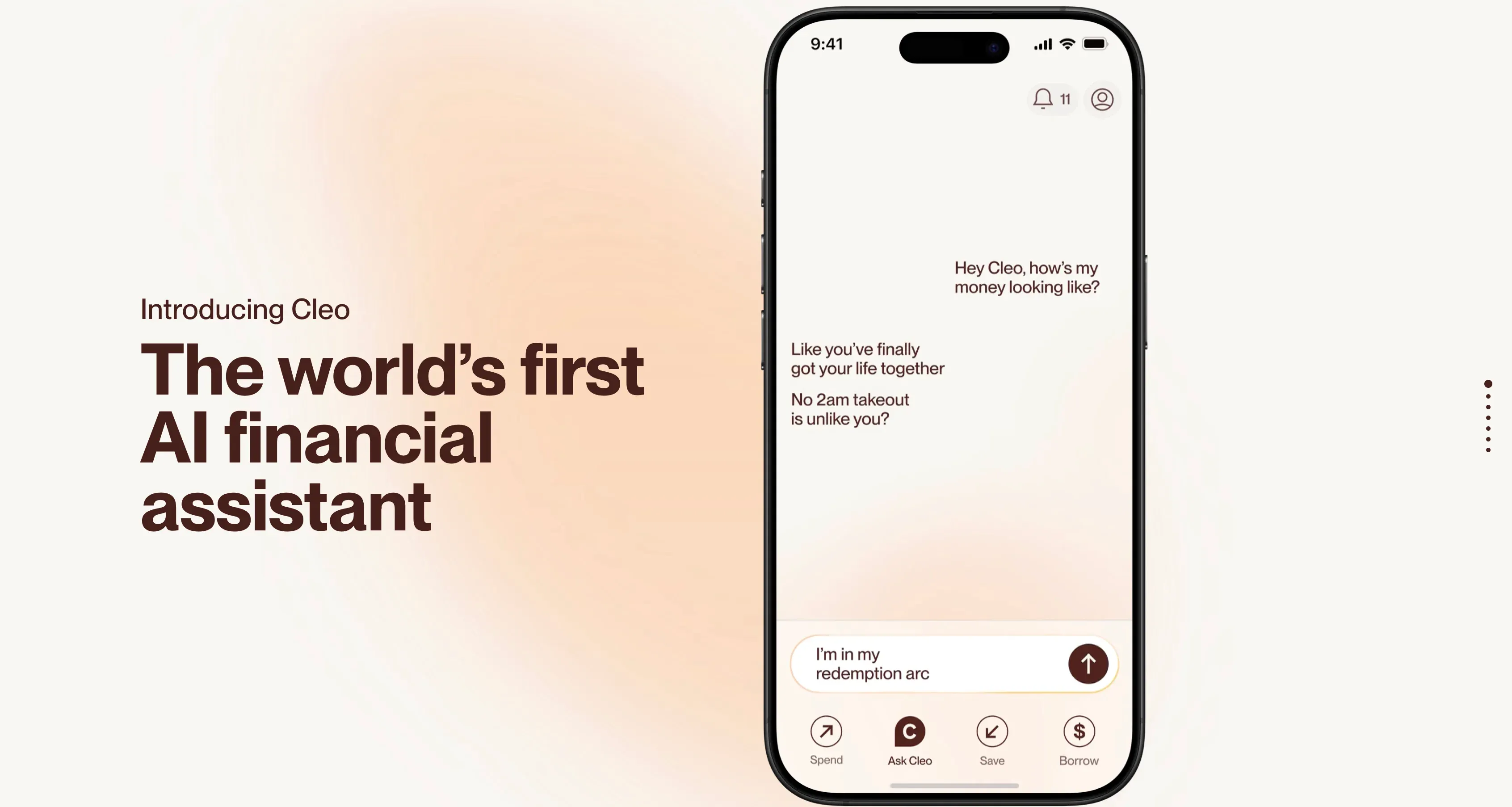Ted Wallace-Williams, Associate Creative Technology Director
In the earliest days of commerce—when your butcher, baker, and candlestick maker were your neighbors—you enjoyed personal relationships with the people and brands in your life. Everyone knew each other’s names, preferences, and needs. It was a simple, community-oriented arrangement that built trust through real, human connection. Fast forward to the digital age, and while we attempted “personalisation” through segmented campaigns and first-name greetings in CRM emails, something critical was lost along the way: genuine personal touch.
Today, thanks to breakthroughs in artificial intelligence (AI) and data management, we’re on the cusp of reclaiming that sense of truly personal interaction—but at a global scale. Brands are now able to develop one-on-one relationships with individual customers, anticipate their needs, tailor communication styles, and connect at every touchpoint. This new frontier of hyper-personalisation not only revolutionises brand-customer interactions but also carries vast implications for how organisations structure their technology, processes, and teams.
From Persona To Personal
What’s changed? The fundamental desire for personal relationships hasn’t gone away. People still want to feel recognised and understood by the brands they choose.
AI changes the game by making it possible to craft adaptive, context-aware communication in real time. Instead of broad-brush campaigns, AI-powered systems can gather and interpret nuanced data—from behavioral patterns to evolving intentions. Over time, these systems learn how to fine-tune their tone of voice, messaging style, and content, tailoring them to each individual’s personal journey with the brand.
Take, for example, Cleo. They are a fintech company whose product is a conversational AI-powered assistant, giving you advice and insights based on individual spending patterns and financial behaviors. It’s unique, conversational interface feels more like chatting to a friend—it encourages you if you want it to and “roasts” you if you prefer the more blunt approach.

The Power Of First-Party Data
Central to this evolution in hyper-personalisation is data—specifically, first-party data. While many marketers have traditionally relied on third-party platforms (such as Google or social media channels) to gather audience insights, true one-to-one relationships demand direct customer information. This requires brands to rethink their data strategies and invest in building robust, ethically-managed data ecosystems.
1. Data Collection and Consent: In a landscape where data privacy is increasingly scrutinised, customers need clear incentives to share their information. However you’re personalising experiences for consumers, it’s vital to communicate exactly how and why you’re using their data and what benefits they’ll receive in return.
2. Data Infrastructure: Hyper-personalisation involves near real-time processing of large volumes of diverse data points. Traditional data architectures, built mainly for batch processing, won’t deliver the responsiveness required. You’ll need a modern data stack – often including data lakes, real-time analytics, and machine-learning platforms – to enable an environment where brand agents can instantly adapt and respond to new information.
A great example of a business doing this effectively is Spotify – they are capturing multiple data points on a daily basis from logged in customers and using that data to curate content and recommendations that the user directly benefits from.
Four Steps To Implementing Hyper-Personalisation
1. Identify the Right Use Case Not every brand needs to implement hyper-personalisation everywhere all at once. Start by clarifying the most valuable interactions for your customers and business. Are you looking to improve user journeys on your e-commerce site? Do you want to offer personalised video content, or tailor marketing messages in real time? Once you know which use cases will bring the biggest impact, you can prioritise accordingly.
2. Audit Your Current Data Perform a thorough gap analysis on your data ecosystem. Ask: What do we currently capture? What do we actually need to power our desired personalised experiences? If you lack crucial insights—such as individual purchase histories or customer intentions—you’ll need to devise ways to collect that data ethically and securely. This often means revising your customer onboarding processes and adopting transparent data-collection methods that clearly demonstrate the value to end users.
3. Build the Right Infrastructure and Processes Having the right tools is essential, but processes and governance matter just as much. Hyper-personalisation demands speed, but it can’t operate without guardrails. Consider:
–Technical Architecture: Invest in AI-driven platforms capable of generating and iterating content at scale. –Cross-Functional Collaboration: Marketers, data scientists, legal teams, and creatives must align around common goals and workflows. –Content Management & Approvals: When you’re generating thousands of variations of a single piece of content, you’ll need an efficient system to handle compliance reviews, brand consistency checks, and stakeholder sign-offs.
4. Pilot and Scale Rather than attempting to revamp your entire customer experience at once, pilot a small, targeted project. This might be personalised product recommendations on your website or tailored messaging in your mobile app. Measure the performance indicators—such as click-through rates, conversion rates, and customer satisfaction. By showcasing quick wins, you’ll build momentum for a phased rollout across other channels and regions.
We experienced the importance of these steps when we built PAM (Pitch AI Mentor) for Founderland. Creating an AI-powered tool to help women of color founders improve their business pitch wasn’t a project that fit any existing mould. A test and learn approach with small pilot built around a focussed use case allowed us to ensure we had a solid foundation for building a roadmap that would benefit users and the organisational goals of Founderland.
Organisational Considerations
A shift to hyper-personalisation isn’t just about marketing; it touches every facet of the organisation:
–Legal: You must stay within privacy regulations, ensure compliance, and establish robust data governance. –Creative & Marketing: Content teams need new ways of working, plus tools to manage a large volume of localised and personalised outputs. –Finance & Commercial: Budget for new tech investments and consider the ROI of hyper-personalisation efforts. –Product & Engineering: Build and maintain the AI tools, data pipelines, and customer-facing applications that power hyper-personalisation. –IT & Operations: Roll out new systems without disrupting existing ones, ensuring security and support at scale.
The Future Of Customer Relationships
For brands willing to navigate the technical, operational, and cultural shifts required, the reward is a stronger bond with customers. Trust, loyalty, and meaningful engagements become the norm, and businesses unlock the potential of an AI-driven future where every touchpoint feels personal, relevant, and remarkably human. By starting small, building the right infrastructure, and being transparent with customers, organisations can begin their journey toward this new era of one-to-one brand relationships—turning each customer into a community of one.
Taken from: R/GA





